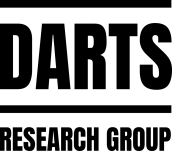“La creatividad os hará esclavos: sobre los usos y abusos de las artes en la innovación educativa”
Aida Sánchez de Serdio participates with “La creatividad os hará esclavos: sobre los usos y abusos de las artes en la innovación educativa” as an invited lecturer at the Jornada […]
